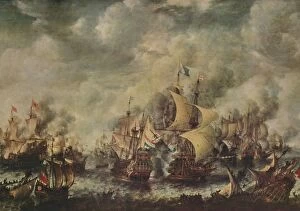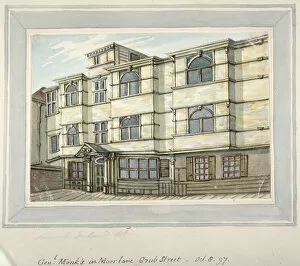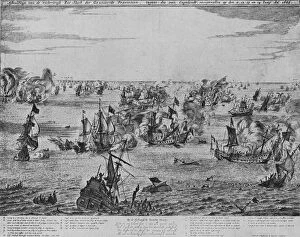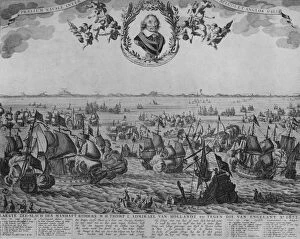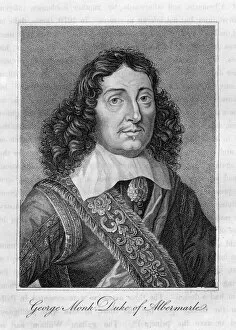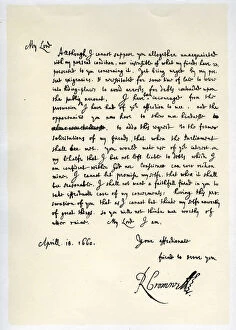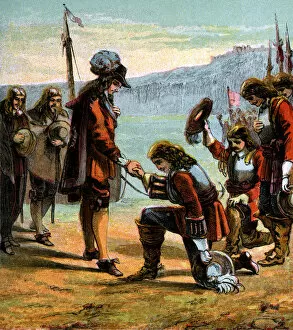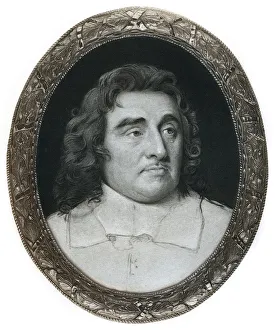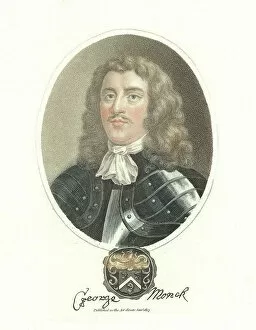Beauchamp And Teyes Collection
"Beauchamp and Teyes: A Glimpse into the Life of George Monck, Duke of Albemarle" Step back in time to the c1660s as we explore the captivating world of George Monck
All Professionally Made to Order for Quick Shipping
"Beauchamp and Teyes: A Glimpse into the Life of George Monck, Duke of Albemarle" Step back in time to the c1660s as we explore the captivating world of George Monck, Duke of Albemarle. This enigmatic figure, immortalized by Peter Lely in 1944, left an indelible mark on history. From a portrait dating back to 1830 by an unknown artist, we catch a glimpse of Monk's stoic countenance. His unwavering determination and military prowess are evident even in this faded depiction. William Henry Mote's early-mid 19th-century artwork transports us to Monk's grand residence - the House of George Monck on Grub Street (now Milton Street) in London. The opulence and power that emanated from these walls were unparalleled. But it was not just luxury that defined Monk; he was also a formidable warrior. In Cornelis de Visscher's painting depicting the Battle of Scheveningen, c1653, we witness his strategic brilliance amidst chaos and turmoil. Monk's pivotal role in historical events is undeniable. In "The Four Days Fight, " c1667, we see him leading his troops with unwavering resolve during one of England's most significant naval battles against the Dutch. In another remarkable artifact from history - a letter penned by General Monck himself to the Speaker of the House of Commons in 1659 - we gain insight into his political acumen and dedication to serving his country faithfully. As Richard Cromwell reaches out to General George Monck through inked words on parchment dated April 18th, 1660, their correspondence reveals an intricate web woven between influential figures during this transformative period. Monk ultimately declared for a Free Parliament in 1660 after years marked by political upheaval. Through various artistic interpretations spanning centuries, we witness his unwavering commitment to the cause.

